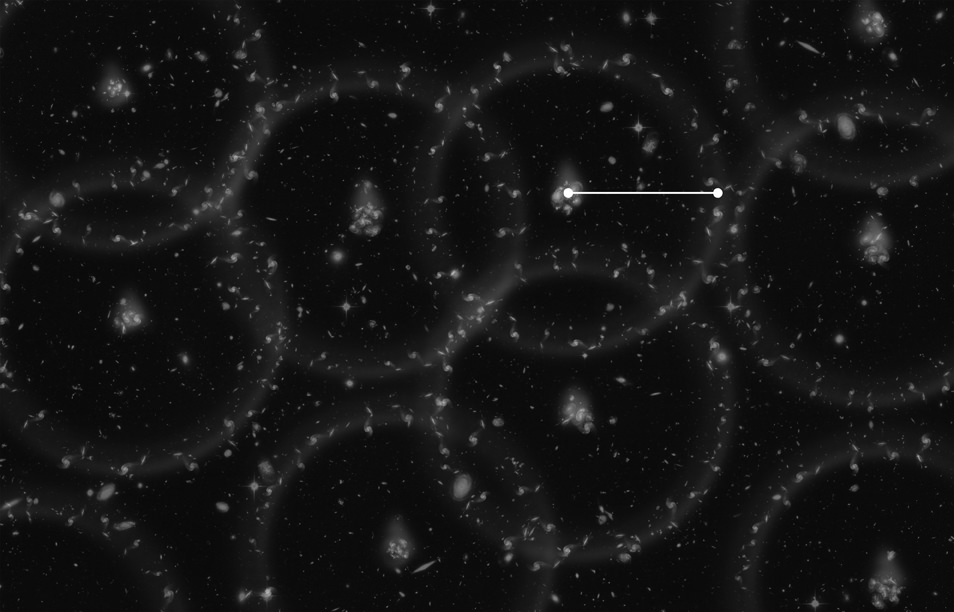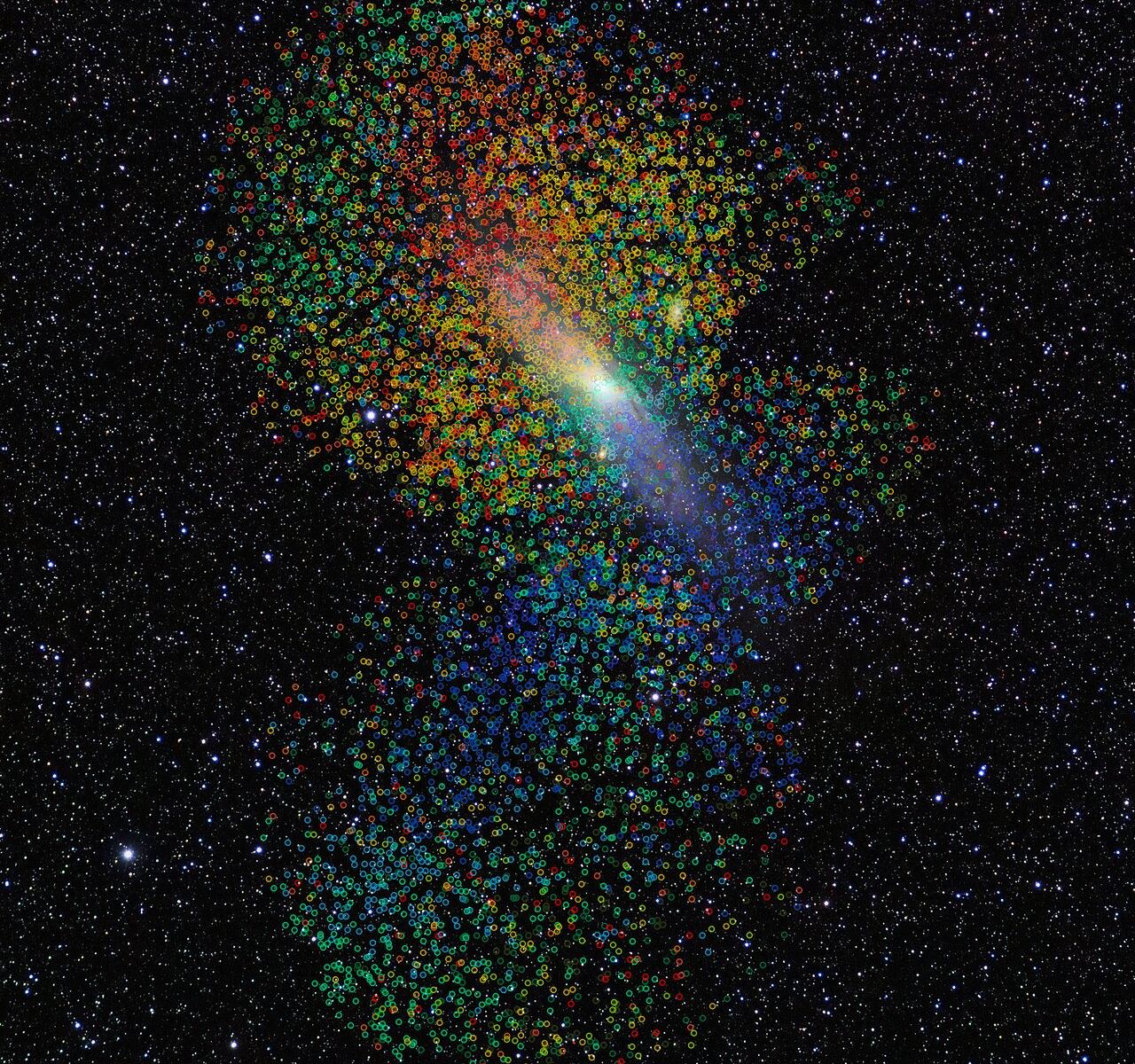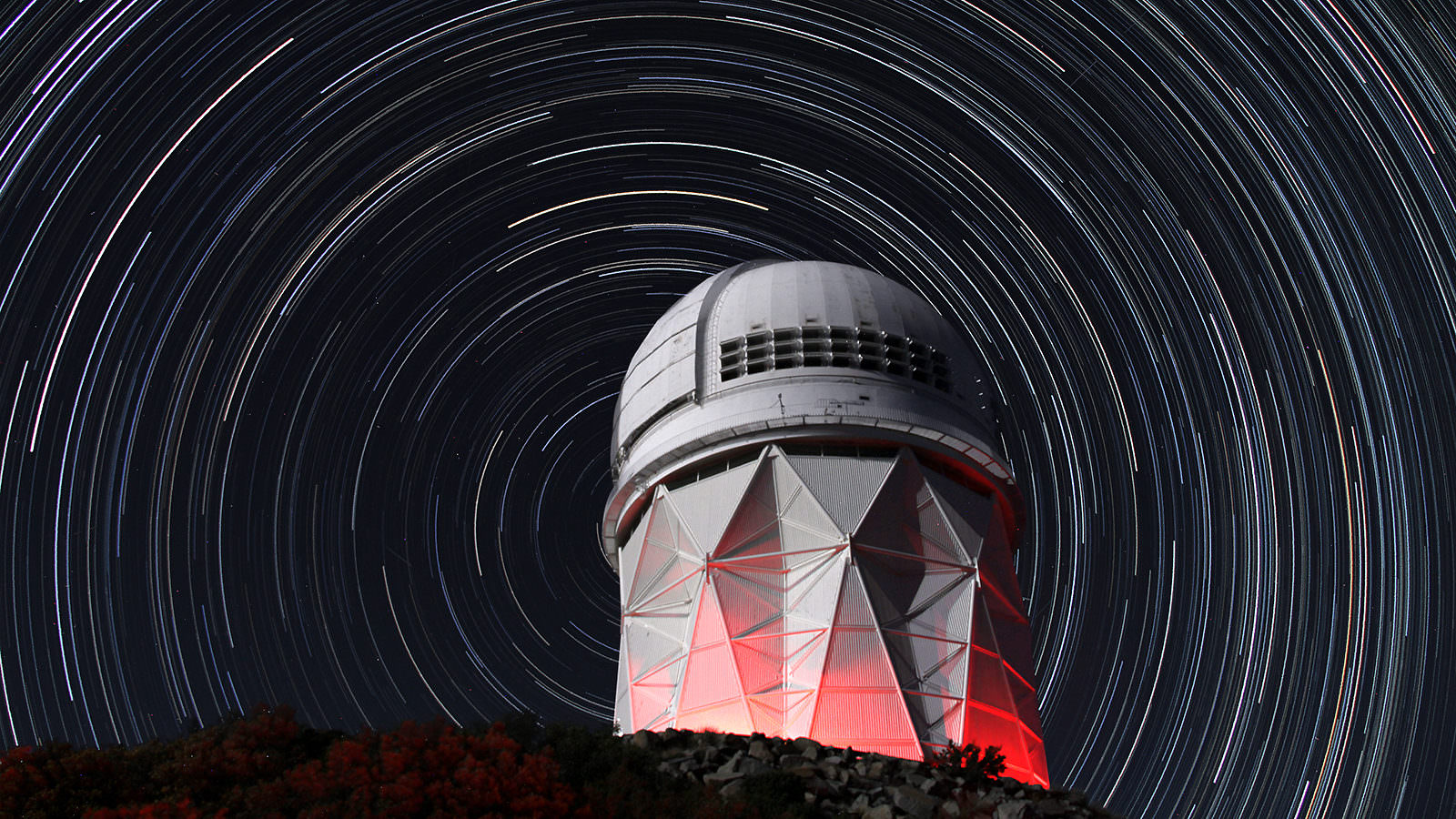The discovery of the accelerated expansion of the Universe has often been attributed to the force known as dark energy. An intriguing new theory was put forward last year to explain this mysterious force; black holes could be the cause of dark energy! The theory goes on to suggest as more black holes form in the Universe, the stronger the pressure from dark energy. A survey from the Dark Energy Spectroscopic Instrument (DESI) seems to support the theory. The data from the first year of operation shows the density of dark energy increases over time and seems to correlate with the number and mass of black holes!
Continue reading “The Connection Between Black Holes and Dark Energy is Getting Stronger”The Connection Between Black Holes and Dark Energy is Getting Stronger





